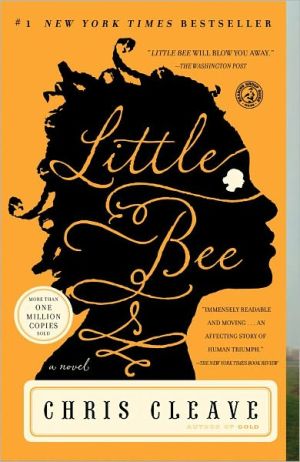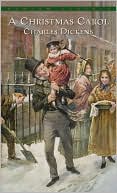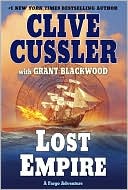Beyond the Pale
"Set in the early twentieth century, Beyond the Pale follows the lives of two women: Gutke Gurvich, who apprentices as a midwife in Russia before immigrating to New York City; and Chava Meyer, also a Russian Jew, whose birth is attended by Gutke. Chava survives a pogrom that takes the lives of her parents, then she too immigrates to a life of labor, activism and love in New York City. One extraordinary section of the book deals with the infamous Triangle Shirtwaist Company Fire in which many...
Search in google:
Beyond the Pale follows the lives of two women: Gutke Gurvich, who apprentices as a midwife in a Russian Jewish settlement before immigrating to New York and joining the suffrage and labor movements; and Chava Meyer, a Russian Jew whose birth is attended by Gutke. A tour de force sequence involving the infamous Triangle Shirtwaist Factory fire is typical of this book's power. Both epic and intimate, the book takes readers deep inside diverse worlds, with harrowing and heroic stories of midwifery, the Russian pogroms, and early lesbian life. Publishers WeeklyWith evocative background detail, this novel by the author of the 1974 lesbian/feminist classic Riverfinger Women follows the lives of two Jewish women who flee Russia after the Kishinev pogrom of 1903. Teenager Chava Meyer, orphaned during the attack, endures an excruciating Atlantic passage with the relatives who have adopted her. In the U.S., she crosses paths with midwife Gutke Gurvich, who had attended her birth. Both women have strong memories of political unrest, anti-Semitism and poverty in Russia, and the narrative alternates the stories of their transformation as they enter a new world and a new century. With the encouragment of Gutke and her cross-dressing lover, Dovida, Chava becomes involved in the trade union movement, determined to improve deplorable working conditions. Ironically, the eventual catalyst for change is the horrifying 1912 Triangle Shirtwaist Factory fire, in which Chava's cousin and lover, Rosa, is one of the victims. Dykewomon skillfully interweaves historical detailsfrom the conditions of life in Eastern Europe's Pale of Settlement to the mechanics of early printing presses. Questions of Jewish faith and tradition, the socialist agenda and a growing feminist awareness provide the backdrop to this moving chronicle of strength and love that triumph over inhumanity. (May)
\ Publishers Weekly\ - Publisher's Weekly\ With evocative background detail, this novel by the author of the 1974 lesbian/feminist classic Riverfinger Women follows the lives of two Jewish women who flee Russia after the Kishinev pogrom of 1903. Teenager Chava Meyer, orphaned during the attack, endures an excruciating Atlantic passage with the relatives who have adopted her. In the U.S., she crosses paths with midwife Gutke Gurvich, who had attended her birth. Both women have strong memories of political unrest, anti-Semitism and poverty in Russia, and the narrative alternates the stories of their transformation as they enter a new world and a new century. With the encouragment of Gutke and her cross-dressing lover, Dovida, Chava becomes involved in the trade union movement, determined to improve deplorable working conditions. Ironically, the eventual catalyst for change is the horrifying 1912 Triangle Shirtwaist Factory fire, in which Chava's cousin and lover, Rosa, is one of the victims. Dykewomon skillfully interweaves historical detailsfrom the conditions of life in Eastern Europe's Pale of Settlement to the mechanics of early printing presses. Questions of Jewish faith and tradition, the socialist agenda and a growing feminist awareness provide the backdrop to this moving chronicle of strength and love that triumph over inhumanity. (May)\ \ \ \ \ Library JournalThe pale was a marker outside the Russian towns where Jews were forced to live, but neither separation nor integration protected them from pogroms, which continued into the 20th century. Into this world, midwife Gutke delivers baby Chava in 1889. They meet again after emigrating to New York City, when Chava is a young adult. Dykewomon, author of the classic Riverfinger Women (1974), has written a page-turner that brings to life turn-of-the-century New York's Lower East Side, with its teeming crowds, its sweatshops, the Henry Street Settlement House, and events like the Triangle Shirtwaist Company fire. Chava becomes active in the Women's League and is confronted with its racism and anti-Semitism. Gutke, married to a woman who passes as a man, shows Chava (and today's readers as well) one way that women made their lives with other women in the pre-Stonewall era. Infighting and lack of vision among progressive groups, immigrants torn between assimilation and preserving the traditions that define themthese issues are as pressing today as they were a century ago, and they are well portrayed in this historical fiction. Recommended for all collections.Ina Rimpau, Newark P.L., N.J.\ \








